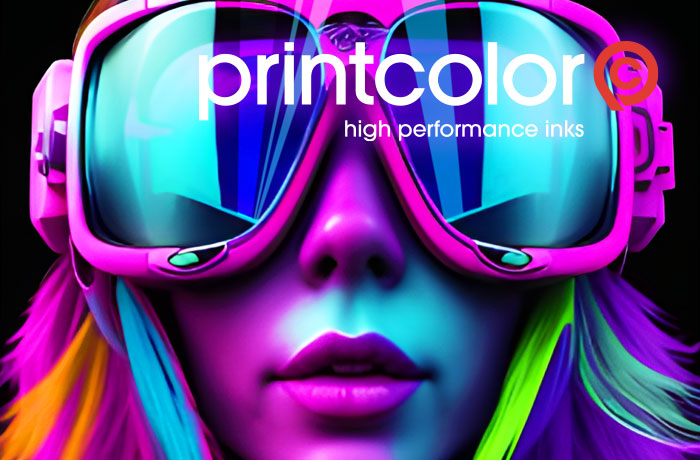UV Printing vs. Solvent-Based Printing: A Comprehensive Guide to Ink Technologies

An overview of pad printing and solvent-based printing technologies. (Source: Deco Tech Group)
Printing technology has evolved significantly, offering industries innovative solutions to meet the demands of precision, durability, and environmental responsibility. Among the most prominent ink technologies are UV printing and solvent-based printing. While both have their place in industrial and commercial applications, understanding their differences is crucial to choosing the right method for your needs. For expert guidance, visit Deco Tech Group's UV Printing Services.
What Is UV Printing?
UV printing utilizes ultraviolet (UV) light to cure or dry inks instantly. Unlike traditional methods, which rely on evaporation or absorption, UV inks remain in liquid form until exposed to UV light. Learn more about UV printing at Deco Tech Group.
Advantages of UV Printing:
- Instant Drying: UV inks cure instantly under UV light, enabling faster production speeds and minimizing smudges or delays.
- Vivid and Durable Prints: Produces vibrant, high-resolution images with excellent durability.
- Versatility: Suitable for a wide range of substrates, including glass, plastics, metals, wood, and textiles.
- Eco-Friendly: Low volatile organic compounds (VOCs) and minimal waste make UV printing a more sustainable choice.
- Resistance to Wear and Tear: UV prints are highly resistant to scratches, chemicals, and fading, making them ideal for long-lasting applications.
What Is Solvent-Based Printing?
Solvent-based printing uses inks that contain volatile organic compounds (VOCs) to dissolve pigments. As the solvent evaporates, the pigment adheres to the surface of the substrate, creating a durable print. Explore Deco Tech Group's Solvent Printing Solutions.
Advantages of Solvent-Based Printing:
- Strong Adhesion: Excellent for printing on non-porous surfaces like vinyl, plastic, and coated materials.
- Weather Resistance: Solvent-based inks are waterproof and UV-resistant, making them ideal for outdoor applications such as signage and banners.
- Cost-Effective: Generally less expensive than UV printing, especially for large-scale outdoor projects.
Key Differences Between UV and Solvent-Based Printing
| Feature | UV Printing | Solvent-Based Printing |
|---|---|---|
| Drying Time | Instant curing with UV light. | Relies on solvent evaporation, which can take longer. |
| Environmental Impact | Low VOC emissions, eco-friendly. | Higher VOC emissions, requiring proper ventilation. |
| Substrate Compatibility | Broad compatibility, including sensitive materials like plastics and metals. | Best for non-porous surfaces like vinyl and coated papers. |
| Print Durability | High resistance to scratches, chemicals, and fading. | Good durability, but less resistant to chemicals and wear than UV prints. |
| Cost | Higher initial cost but efficient for detailed, high-quality work. | Lower cost, ideal for large-scale outdoor projects. |
Conclusion
Both UV printing and solvent-based printing are valuable technologies with distinct advantages. Choosing the right method depends on your specific project requirements, including durability, cost, environmental considerations, and substrate compatibility.
For expert guidance on UV and solvent-based printing, contact Deco Tech Group. Our team specializes in delivering cutting-edge printing solutions tailored to your needs.
